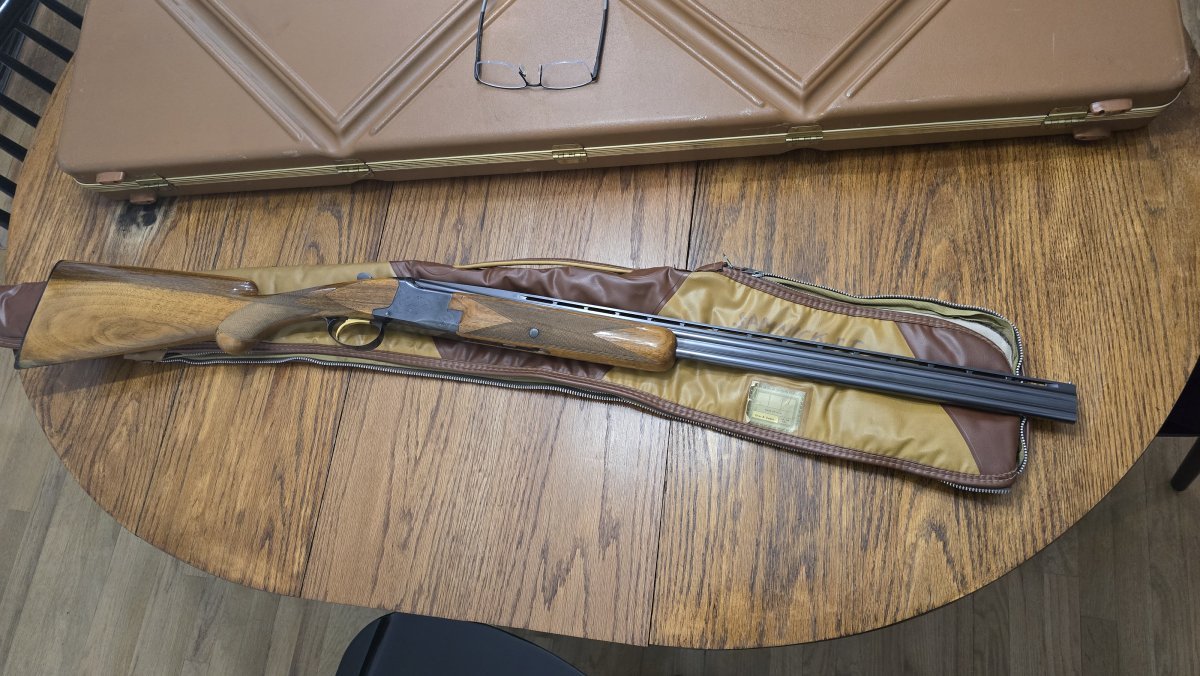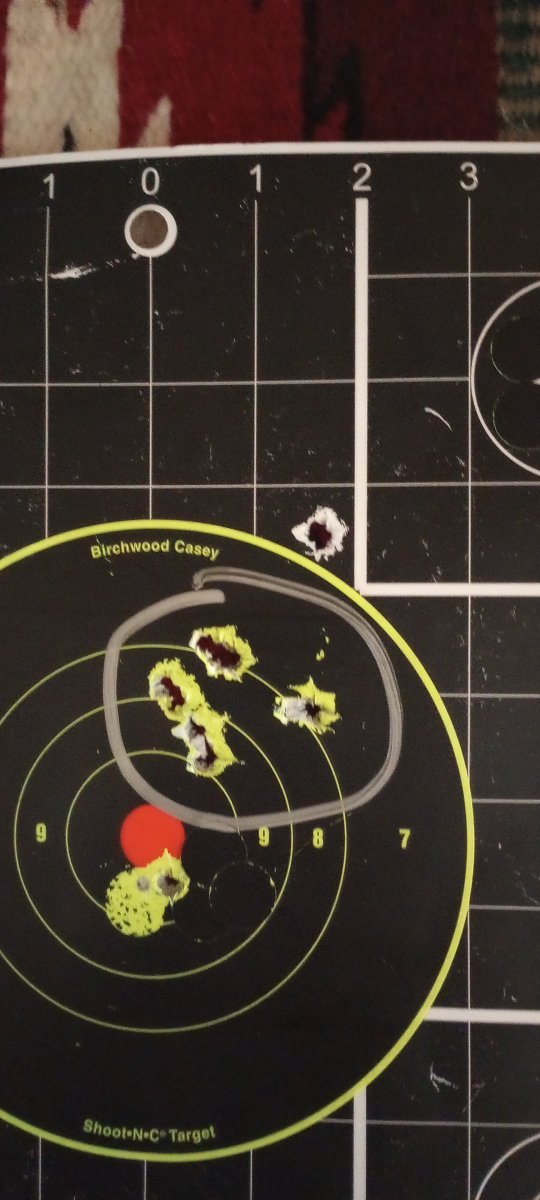Don’t know what’s going on at Wilson Combat. I’ve had my hands on numerous Wilson lowers that were seriously out of spec in critical areas. Out of spec to the point that parts wouldn’t fit. To their credit, they were easy to deal with and replaced the lowers, in the cases that I’m directly familiar with.
In the last SOTAR class they were gauging a brand new Wilson barrel. The barrel was bent and the bore was undersized. Headspace was short, and there was a bulge.
In the last SOTAR class they were gauging a brand new Wilson barrel. The barrel was bent and the bore was undersized. Headspace was short, and there was a bulge.








